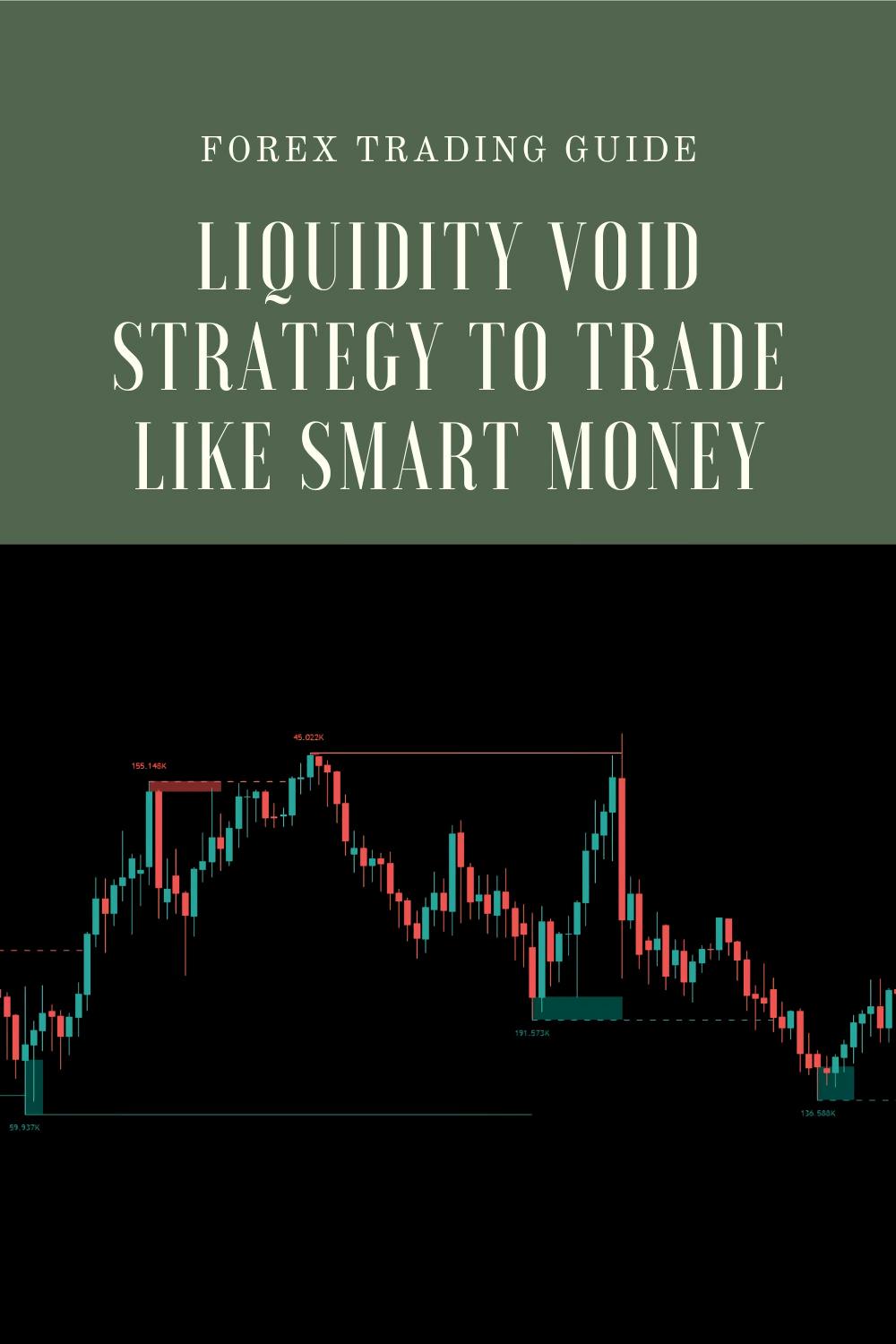Last Updated on March 24, 2025 by Arif Chowdhury
What Even Is “Smart Money”? 💰
I’ve been in the trenches since 2015, and let me tell you something straight.
The market isn’t random—it’s engineered.
Big players create patterns that trap retail traders, and I’ve watched it happen thousands of times.
Smart money (banks, hedge funds, institutions) doesn’t trade like you and me.
They hunt liquidity—and understanding this changed everything for me.
According to a 2023 study, institutional traders account for over 85% of daily forex volume, yet only 7% of retail traders remain profitable after one year.
Understanding Liquidity Voids 🕳️
A liquidity void is exactly what it sounds like—an area with little to no trading activity.
Think of it as a vacuum in the chart.
Smart money loves these zones because prices can move rapidly through them with minimal resistance.
These voids often appear after major news events or at key market transitions.
They’re not random—they’re predictable opportunities if you know what to look for.
How to Identify Liquidity Voids 🔍
Finding these voids isn’t complicated once you know the patterns:
- Price Gaps – Empty spaces between candles where no trading occurred
- Low Volume Areas – Regions with minimal historical trading activity
- Order Block Zones – Areas where smart money initiated positions
- Fair Value Gaps – Imbalances created by rapid price movements
The key is understanding market structure—not indicators.
Indicators lag. Structure leads.
The Liquidity Void Strategy Breakdown 📊
Here’s my exact process:
- Identify the void – Look for areas with minimal price action and low volume
- Confirm with order flow – Check if big players are positioning for a move
- Wait for the trigger – Price will often retest the edge of the void
- Enter with conviction – When price begins moving into the void, that’s your signal
- Ride the acceleration – Prices tend to move rapidly through these zones
A fascinating 2022 market structure analysis revealed that 68% of major market moves originate from liquidity void breakouts, yet only 12% of retail traders actively trade these setups.
Why This Works When Nothing Else Does 💡
Most trading strategies fail because they fight against smart money.
They try to predict reversals when the big players are just getting started.
The liquidity void strategy aligns you with institutional flow.
You’re essentially drafting behind the market movers.
It’s not about being smarter—it’s about being positioned correctly.
My Secret Weapon: Automated Void Detection 🤖
After years of manual chart analysis, I realized something important.
The patterns are consistent enough to automate.
That’s why I developed a suite of 16 specialized trading algorithms across EUR/USD, GBP/USD, USD/CHF, and USD/JPY.
Each algorithm is specifically designed to detect and capitalize on liquidity voids across H4 timeframes.
My bots are calibrated for long-term plays—capturing 200-350 pip movements that most traders miss.
The multi-pair approach creates natural diversification, dramatically improving overall stability.
Want to see these algorithms in action? Check out my trading bot portfolio that I’m currently offering completely FREE.
Avoiding Common Void Trading Mistakes ⚠️
Don’t make these rookie errors:
- Chasing after the breakout – You need to be positioned before the move
- Using tight stops – Voids can have violent false breakouts before the real move
- Ignoring market context – Not all voids are created equal
- Overtrading – Quality void setups might only appear 2-3 times per week
Broker Selection: The Overlooked Edge 🏦
Your strategy is only as good as your execution.
After testing dozens of brokers, I’ve found that execution quality can make or break this strategy.
You need:
- Minimal slippage on entries and exits
- Low spread during volatile moves
- Fast execution when volatility spikes
- Deep liquidity during major market shifts
I’ve thoroughly vetted the industry’s options and compiled my findings at my recommended forex brokers for liquidity void trading.
The Bottom Line 📝
The liquidity void strategy isn’t complicated—it’s counterintuitive.
While others chase indicators, you’ll be tracking institutional footprints.
While they overtrade, you’ll be patient for premium setups.
While they fight the trend, you’ll be aligned with smart money.
This isn’t theory—it’s how I’ve traded profitably since 2015.
Whether you trade manually or automate with my algorithms, understanding liquidity voids puts you on the same side as the market makers.
And that’s the only side I want to be on.
